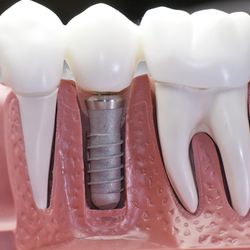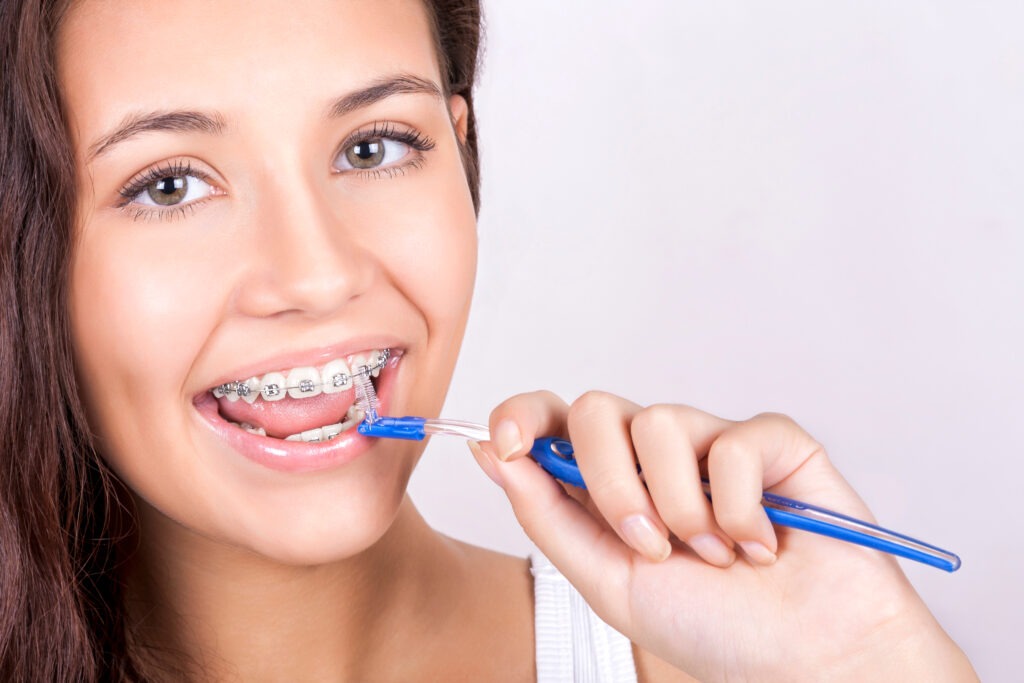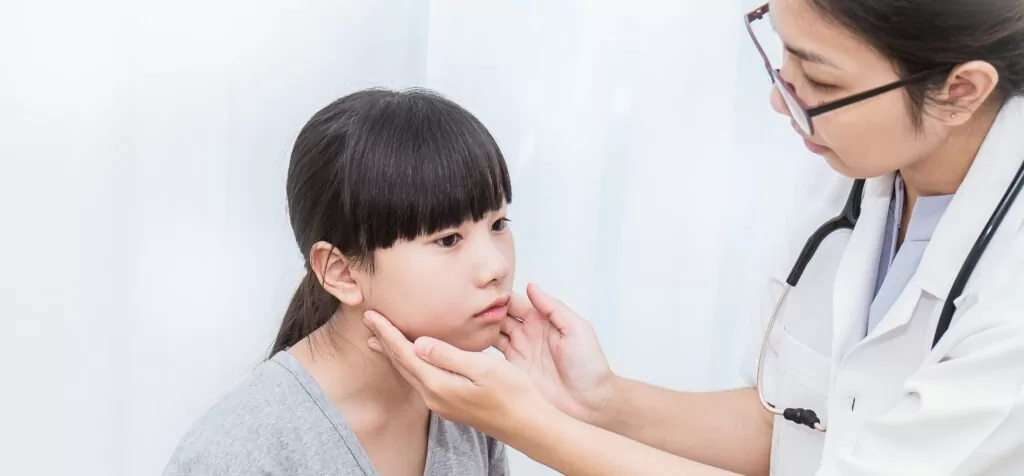
Teeth whitening is by far the most popular cosmetic dental treatment sought out by people looking to improve their smiles. Dr. Martin Abelar offers in-office laser whitening treatments as well as at home bleaching kits with custom bleaching trays.
To best protect their investment in teeth whitening, it is important for patients to understand the three kinds of teeth discoloration so that they can change their habits to stave off further discoloration.
Extrinsic Tooth Discoloration is the most well-known type of discoloration. Extrinsic tooth discoloration is when the outer layer of the teeth gets stained by repeated exposure to cigarette smoking, red wine, coffee, tea, and dark colored soda. Minimizing consumption of these substances and brushing immediately after drinking or smoking can help slow or prevent this kind of staining.-
Intrinsic Tooth Discoloration occurs when the inner layer of the teeth (the dentin) takes on a yellowish tone. This can be the result to too much fluoride exposure at a young age, internal bleeding of the tooth or birth defects. The dental patient has less control over these variables, but knowing if you have this type of tooth discoloration can be indicative of what kind of results can be achieved through teeth whitening efforts.
Age-related Tooth Discoloration is the result of both extrinsic and intrinsic tooth discoloration over time. With age the teeth enamel gets thinner and yellower naturally causing the yellow dentin to show through.
Teeth whitening is a process that bleaches the outer layer of the teeth, and results will vary depending upon the type and severity of discoloration the patient has. To schedule a consultation with Dr. Abelar, contact our office at 858-866-9692.






